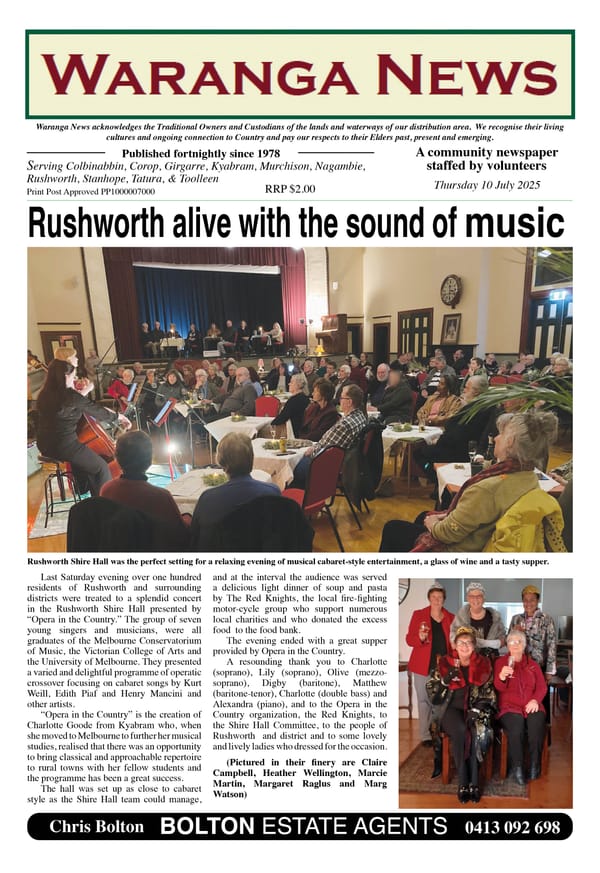45. Hunting larger animals

As explained in the last story, the spear was the principal weapon for hunting larger animals such as kangaroos and emus, which was primarily a male occupation. Prior to the hunt, a significant amount of work would have gone into spear production to try to ensure the best possible outcome.
From a young age, boys would have played at stalking prey and throwing spears, so by the time they had passed their initiation into manhood, they would already have had a significant amount of practice. They would be ready to participate in hunting forays with the men or on their own.
Earlier stories mentioned how by employing traditional patterns of burning, there was clear predictability about where there was likely to be a good supply of kangaroos at a particular time. Aboriginal clans would seasonally move back to these locations after it had rained and the kangaroos were attracted by the fresh new growth.
DAYTIME HUNTING
During the day, it would have been easy to predict where kangaroos would rest. These days in the bush, this is often towards the top of a rise where there is some tree and understorey cover with a bit of shade, as indicated by well-used “scrapes”. These areas could be targeted by hunters in daylight hours.
Fire may also have been used to flush kangaroos out of an area into the path of hunters. If there were enough people on the hunt, beaters could be employed to funnel the animals towards the hunters, who would be downwind. Just the noise of the beaters moving through the bush could be enough to make the animals move. If more noise was needed raised voices and percussion items could be used.
In the summer when water was at a premium, there may have been particular places where the animals always went to drink. These would be prime places for hunters to wait in ambush.
STALKING
There are plenty of stories about the legendary stalking stills of Aboriginal people, with the Ngurai-illum Wurrung people being recorded as excelling in this talent. For a spear-throw to be effective, a hunter would need to get quite close to the prey before unleashing the spear. Too far away, and the throw was more likely to miss its target or strike the animal with a non-lethal blow.
The squatter Edward Curr recounts the story of his brother witnessing a Ngurai-illum Wurrung man stalking an emu1, although on this occasion the hunter used a dog rather than a spear to bring his quarry down. The hunter “raised his left arm so as to look like the branch of a small burnt tree, of which his body represented the stump, bringing his head close to his left shoulder.” While the bird was distracted by feeding, the man moved forward with “the whole of his person, with the exception of his legs, rigidly still.” As soon as the emu looked up, he remained motionless, moving forward again as soon as it resumed feeding.
On this occasion, it was a chance sighting on a plain and there was no bush around, so the man improvised. More often, the hunter would get some small branches to make a screen to approach the target, again using the stop-start method described above. Any movement noticed by the animal would cause it to run (or hop) for cover, so the hunter would have to carefully watch his quarry right through the approach.
THE KILL
You can imagine the difficulty of quietly stalking an animal to get close enough to effectively throw a spear. Quite apart from not being seen, the hunter had to be careful not to be smelt or heard by the prey. Years of practice would be concentrated into the act of throwing the spear accurately, with the small target of the head or neck being preferred spot to aim for.
The Woi-wurrung people, who like the Ngurai-illum Wurrung were part of the Kulin Nation, called the lighter hunting spears djirra or jerrar.2 Perhaps the Ngurai-illum used the same or a similar word? The prey would be finished off with the gungerrun (club in Woi-wurrung) and carried back to camp around the shoulders.
Reference: 1 Curr, Edward, Recollections of Squatting in Victoria p 223-4; 2 Woiwod, Mick, The Last Cry – Glossary pp 368-84




